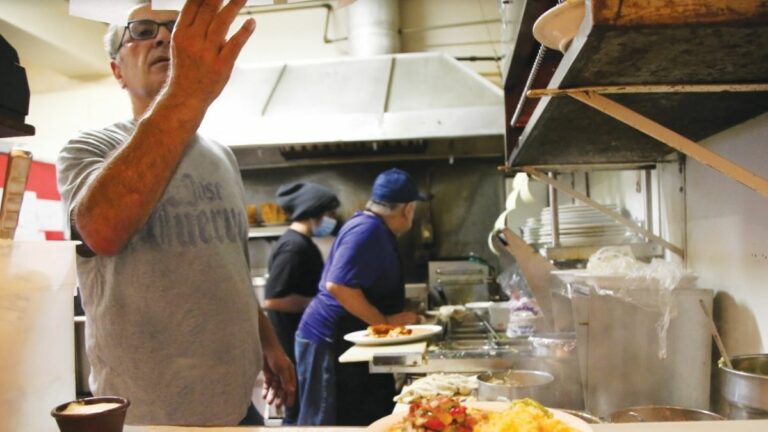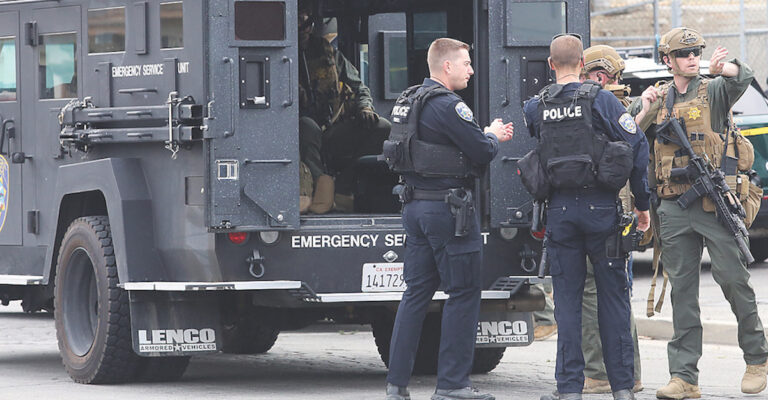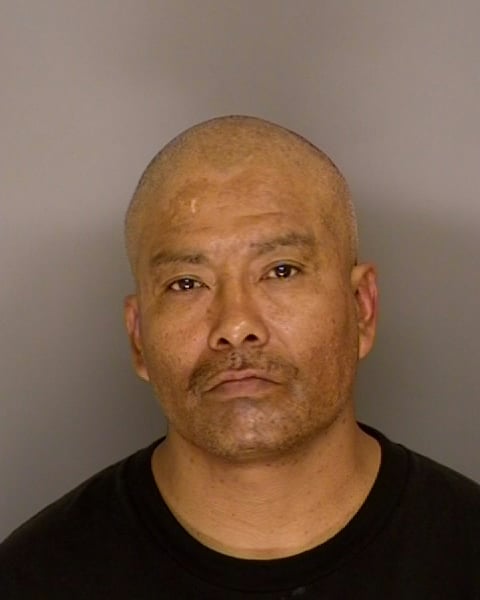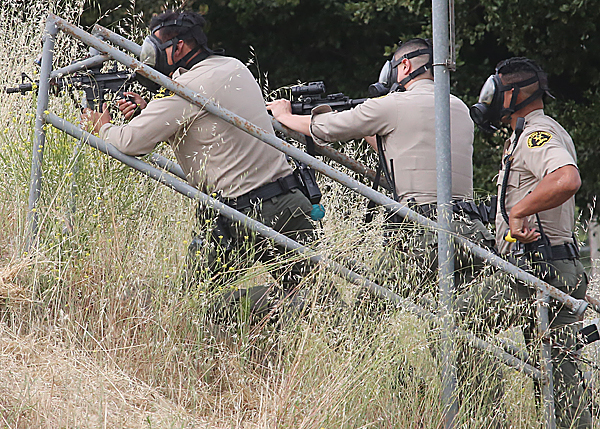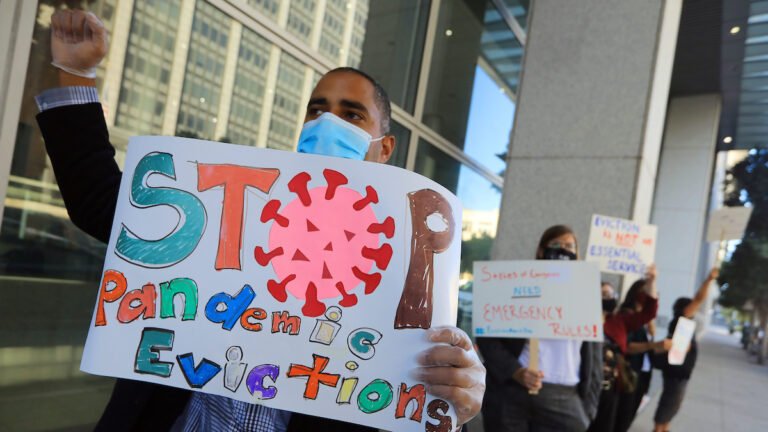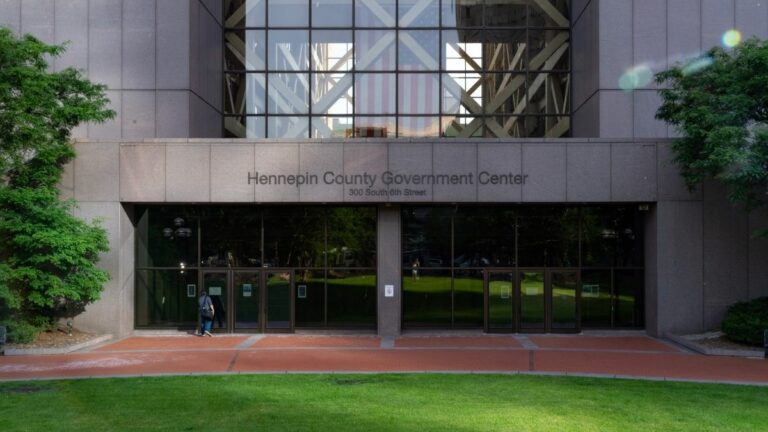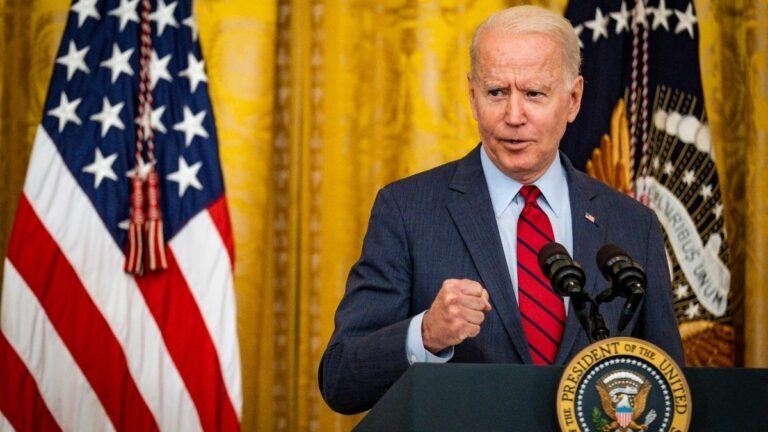By Emily Cochrane, Jim Tankersley and Jonathan Weisman, The New York Times
WASHINGTON — President Joe Biden and a bipartisan group of centrist senators reached a deal on Thursday for $1.2 trillion in investments to rebuild the nation’s infrastructure, a victory for the White House but only the first lurch in what promises to be an arduous attempt to reshape the nation’s economic and social programs.
The agreement on traditional infrastructure projects — roads, bridges, tunnels, rail and broadband — would be significant on its own, the first major increase of federal public works spending since President Barack Obama’s 2009 economic rescue plan. It would include some existing infrastructure programs, but also provide $579 billion in new money over eight years to patch cracking highways, rebuild crumbling bridges, speed rail traffic and more equitably spread high-speed internet access.
The plan would also pour billions of dollars into waterways and coastlines washing away as a warming planet raises sea levels, and $7.5 billion into financing a half-million electric vehicle charging stations, all part of Biden’s climate pledges. It would be paid for in part with a $40 billion increase in the IRS enforcement budget to bring in $140 billion in unpaid taxes, as well as repurposing unspent coronavirus relief funds, according to an outline provided by the White House.
“This agreement signals to the world that we can function, deliver and do significant things,” Biden said from the White House’s East Room, after meeting with the lawmakers.
But almost immediately after reaching the breakthrough, Biden and Democrats offered a giant caveat that could complicate its chances of passage.
Both the president and top Democrats said the compromise, which constitutes only a small fraction of the expansive, $4 trillion economic agenda Biden has proposed, could advance only together with a far larger bill that would pour trillions more into health care, child care, higher education access and climate change programs. That measure, vehemently opposed by Republicans, would be paid for by remaking the tax code to capture the wealth of the superrich and multinational corporations that shift profits and jobs overseas.
“If this is the only thing that comes to me, I’m not signing it,” Biden said of the infrastructure piece. “It’s in tandem.”
House Speaker Nancy Pelosi called the changes in their totality “transformative, if not revolutionary.” Sen. Chuck Schumer of New York, the majority leader, predicted that the pair of bills would be “the boldest, strongest legislation that this country has seen in decades.”
They said they hoped all of it could come together by this fall, an enormous challenge that will involve persuading at least 60 senators to back the traditional infrastructure plan, and keeping Democrats united on the larger bill. The latter measure would have to pass through a budget process called reconciliation, which would allow it to bypass a Republican filibuster, but would require all 50 Democratic and independent votes in the Senate.
“There ain’t going to be no bipartisan bill unless we’re going to have reconciliation,” Pelosi said, a message she repeated privately to Democrats, after liberals warned against acting just on a bipartisan deal that jettisons the provisions progressives want most.
Still, the deal struck Thursday fulfills the promise of bipartisanship that Biden has long sought, and its authors were in a celebratory mood.
They had spent the last two weeks shuttling across the Capitol, meeting with Brian Deese, the director of the National Economic Council; Steve Ricchetti, a top adviser to the president; and Louisa Terrell, the director of the White House Office of Legislative Affairs. The talks unfolded after negotiations had collapsed with a separate group of Republicans led by Sen. Shelley Moore Capito of West Virginia, with Biden saying the GOP was not offering enough infrastructure funding to meet the country’s needs.
“I think that this coalition, and now being endorsed by the president, sends a message not just to Congress, not just to the country, but to the world that we can do the big things — we can function,” Sen. Kyrsten Sinema, D-Ariz., one of the group’s primary drivers, said in a brief interview. “We continue to be the leader of the world, and this is evidence that we are doing the work.”
The framework doles out money in large pots: $312 billion for transportation projects, $65 billion for broadband and $55 billion for water infrastructure. A large sum, $47 billion, is set aside for “resilience” — a down payment on Biden’s promise to deal with the effects of climate change.
But the path forward is complicated and politically freighted, given Democrats’ spare majorities in the House and Senate, which leave them little margin for error. Both the infrastructure legislation and the far more ambitious reconciliation bill must still be written and passed by both chambers. Democrats have signaled that the contents of one could dictate the contents of the other, and the votes required for each will be dependent on fragile coalitions of moderates and liberals who have disparate priorities.
Sen. Bernie Sanders, I-Vt., chairman of the Senate Budget Committee, has proposed spending up to $6 trillion on a sweeping reconciliation plan that could include a Medicare expansion and other long-sought liberal priorities, but moderate Democrats have raised concerns about the scope.
Centrists like Sinema and Sen. Joe Manchin, D-W.Va., have not explicitly committed to voting for a reconciliation bill.
Leaders aim to finish the first step on the reconciliation measure before leaving Washington for the August recess, but would probably push any final passage to September. And while 21 senators endorsed a theoretical infrastructure framework this month, only five Republicans and five Democrats signed on to the final compromise with Biden that was announced at the White House on Thursday.
After offering a brief update to their colleagues before leaving Washington for two weeks, the lawmakers will now have to persuade enough Republicans and Democrats to support the framework.
Delay could add political pressure. The House Republican campaign arm began sending out news releases after the deal’s announcement holding swing-district Democrats responsible if their colleagues “blow up a bipartisan bill.” And Sen. Mitch McConnell of Kentucky, the minority leader, said Biden’s demand that the compromise move in tandem with a Democrats-only economic package undermined his stated commitment to bipartisanship.
“Really? Caving completely in less than two hours?” McConnell said. “That’s not the way to show you’re serious about getting a bipartisan outcome.”
Some of the negotiators were already rejecting the idea of conditioning an infrastructure bill on the reconciliation package.
“There’s no need for that,” said Sen. Susan Collins, R-Maine. “It seems to me that we should get this done.”
Sen. Jeanne Shaheen, D-N.H., said it was not necessary to pair the two.
“I would hope that we trust each other a little more than that,” she said. “But I appreciate that there are those who want to feel like there’s an opportunity to get other pieces that the president outlined in his families plan into another bill.”
Several liberal lawmakers declined to say whether they would support the bipartisan agreement, saying they needed to see more details. But they all said their support hinged on a reconciliation package.
Rep. Ro Khanna, D-Calif., warned that progressives had more than enough votes to kill the infrastructure deal in the narrowly divided House.
“It’s not worth it for us as a country, let alone a party, to pass a very narrow infrastructure bill that doesn’t benefit as many people as it should benefit,” said Rep. Alexandria Ocasio-Cortez, D-N.Y. “And I think that we’ve won that case.”
Biden conceded that the package did not contain everything he wanted, but he called it the largest investment in public transit in American history and the largest investment in rail lines since the creation of Amtrak.
It would be funded through an eclectic array of measures, anchored by increased federal enforcement of existing tax laws to collect more of the money owed by high earners and corporations. Lawmakers would also repurpose some previously borrowed funds from pandemic relief efforts, including $80 billion from the supplemental unemployment benefits that two dozen Republican governors have moved to terminate before they were set to expire in September. They would also allow states to sell $30 billion in toll credits to fund infrastructure projects and to partner with private companies on them.
Negotiators also agreed to offset some of the cost by assuming that investing in infrastructure will increase economic growth, by making people and companies more productive, and thus generate $60 billion more in tax revenue in the future.
White House officials said Thursday that Biden would push Democrats to use the reconciliation bill to address parts of his economic agenda that were not a part of the discussions with Republicans, including longtime liberal priorities such as universal preschool and community college access and huge infusions of funding in renewable energy to combat climate change.
Biden has proposed financing much of that spending through an ambitious rewriting of the tax code. The Senate Finance Committee is already working on three targets: corporations that profited handsomely from the 2017 tax cut, oil and gas companies, and affluent individuals.
“I will in no way, shape or form support throwing those kinds of priorities and other concerns overboard,” Sen. Ron Wyden, D-Ore., the Finance Committee chairman, said Thursday. “They happen to be directly connected.”
This article originally appeared in The New York Times.



